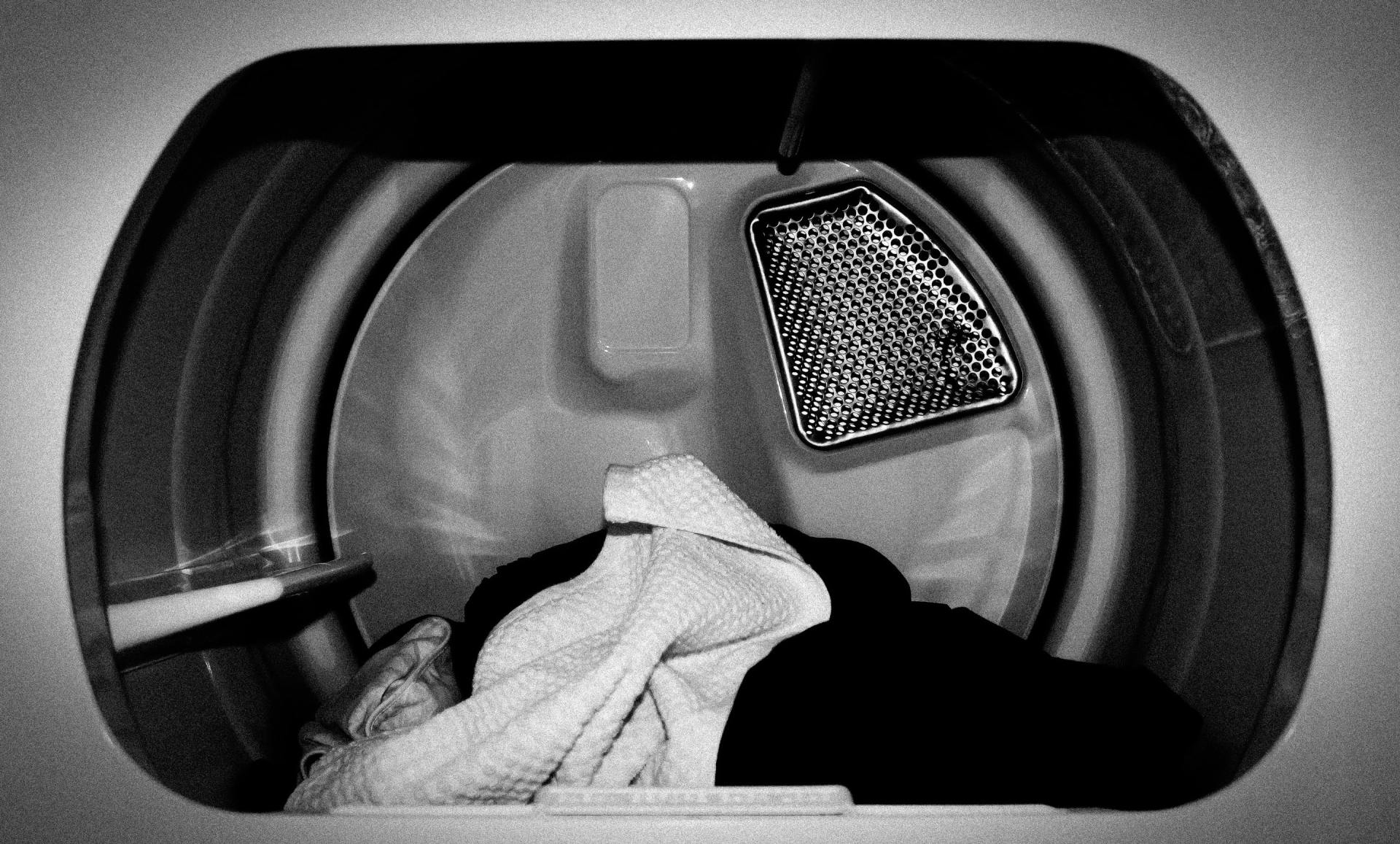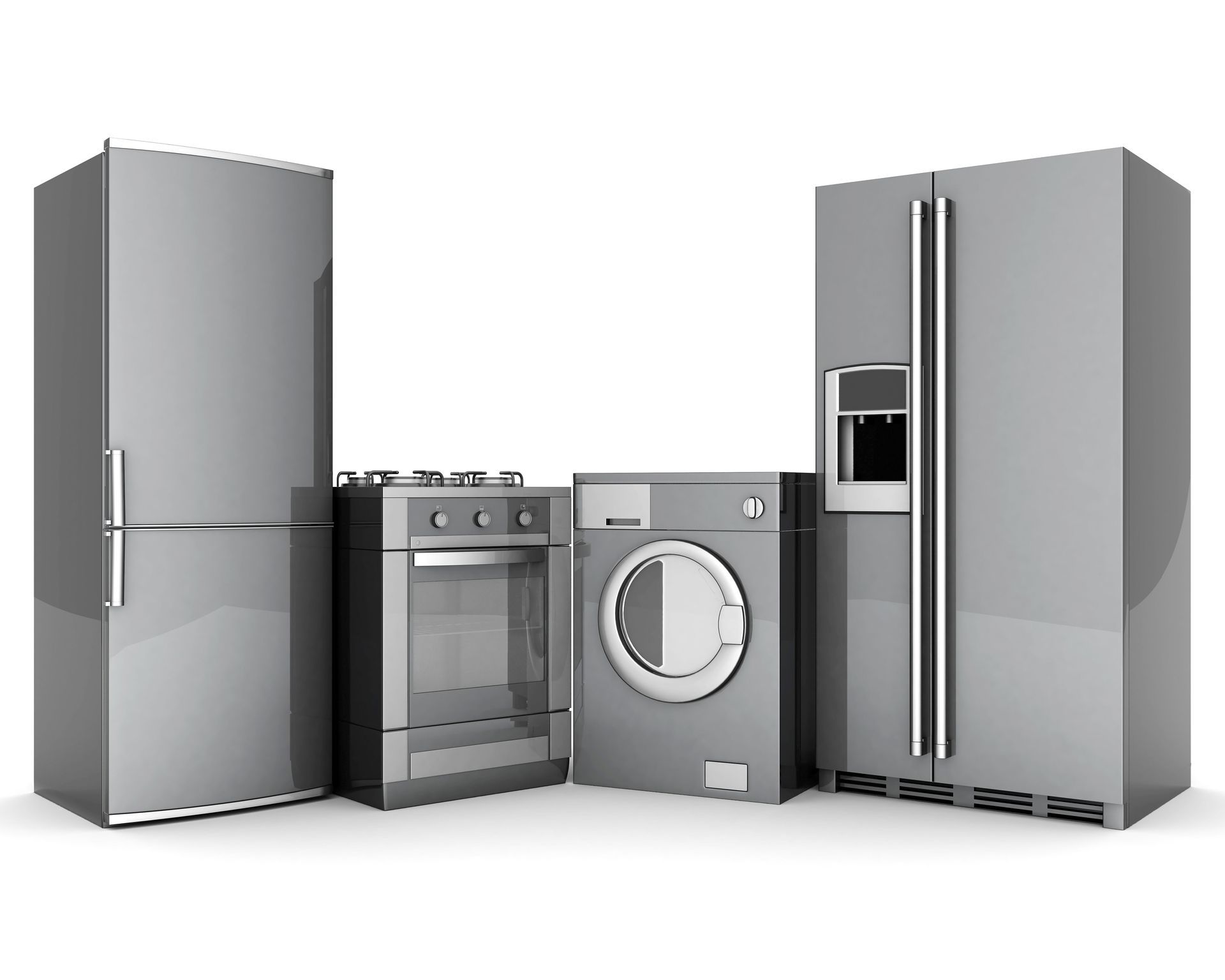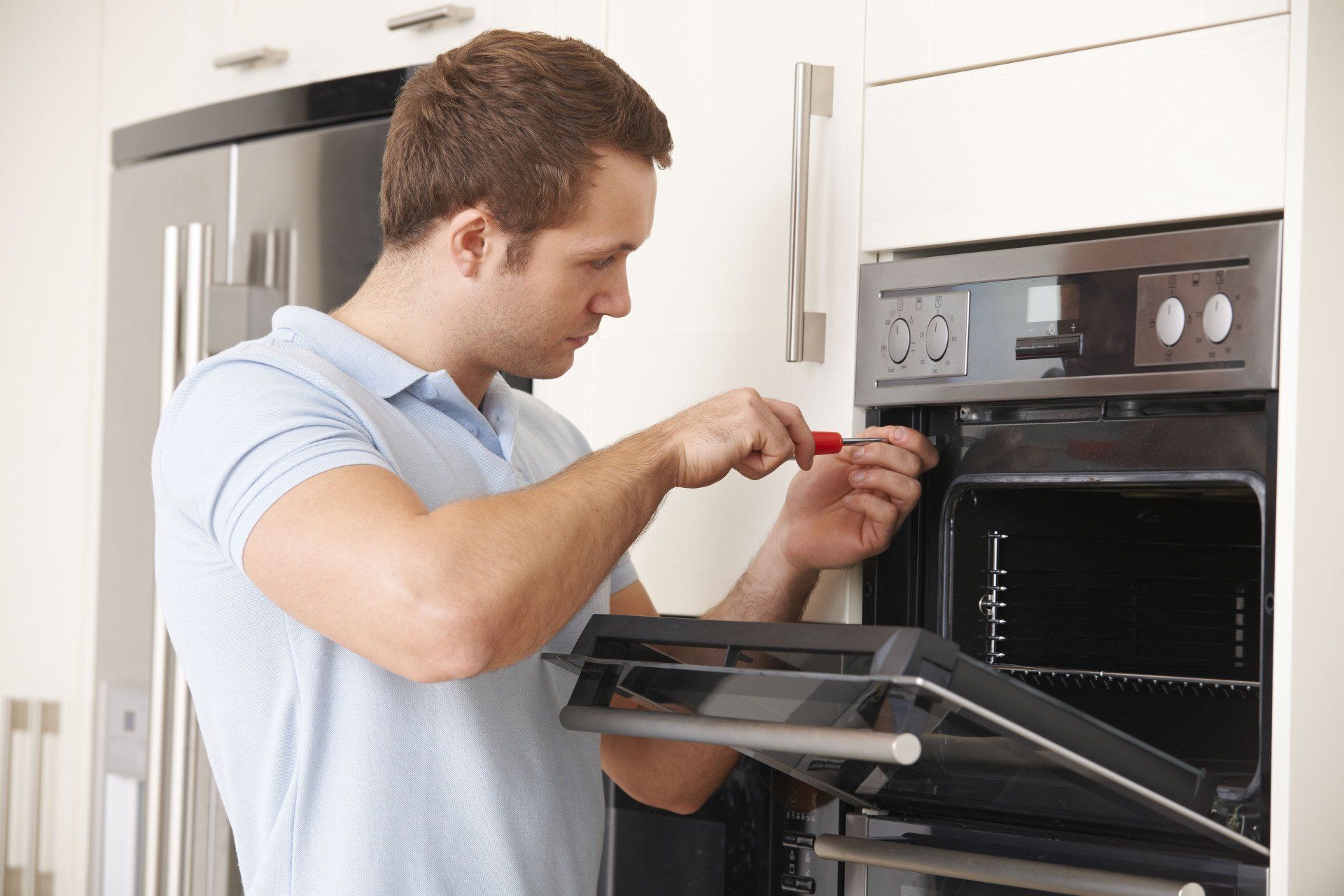Cleaning Your Stainless Steel
Ally Buck • September 3, 2020
Stainless appliances have given a new look to kitchens since the early 2000’s and they remain one of the most popular choices when selecting a finish. However, they do tend to show more blemishes and smudges than the rest. Keeping your stainless steel clean and fingerprint free can be quite a task and choosing the right cleaning product and method is a question we are frequently asked.
The first thing we should start off with is what you should avoid when cleaning your stainless surfaces. While most might think disinfecting wipes or other products with bleach in them would be a great start, we highly recommend staying away from them. Any product with harsh chemicals can tarnish and dull the shine of the steel, including glass cleaners. Though it may seem obvious, never use abrasive tools like steel wool or brushes as they will scratch the surfaces and rust will develop over time. The best tool to use is a clean microfiber cloth and wipe with the grain.
The competition is high these days when it comes to brands of cleaning products but you won’t find our favorite solution in the cleaning aisle. White vinegar isn’t just a trick your grandparents used to clean mirrors and windows, this multi-use liquid is also great for cleaning stainless steel. You can add it to a spray bottle with water in equal parts and wipe it clean with your microfiber cloth. Once you have finished this step, simply add a little olive oil to a second microfiber cloth and polish until it is streak free.
If you prefer to use a pre-bottled method, our friends in the stainless-steel industry recommend using Sheila Shine or Zep stainless-steel polishes. Both can be found online or at your local hardware and appliance stores.


Westye Bakke originally began working in the refrigeration industry in the 1930’s where he helped design custom refrigerators for one of the most influential architects, Frank Lloyd-Wright. These high-end machines were to be installed in the homes of other renowned architects and they were quite impressive. However, Bakke wasn’t satisfied with their lack of ability to store his son’s insulin for long periods of time. That’s when he developed the first freestanding freezer in his own basement in 1943. Built out of scrap metal, this machine was designed to keep food colder than any other freezer on the market. And in just two years-time, Bakke hit the ground running with a brand name that could speak for itself – Sub-Zero! Made right here in America, these products are built to last with an average lifespan of 20 years and are designed to keep food fresher, longer. With filtration systems inspired by the same technology used at Nasa, and door seals that can retain freezing temperatures for days without power it is easy to see why they remain one of the most credible names in the refrigeration industry. Westye sure was right when he said “If you build a quality product, you will always have customers.” Not willing to stop at food preservation, the Sub-zero brand decided to join hands with the Wolf Range Company in the year 2000. Together they began developing a new line of precision cooking products that could be used residentially. Their elegant design and user-friendly technology resulted in products that revolutionized the way we cook today. Each machine was designed to compliment the look of Sub-Zero refrigerators, freezers and wine coolers so that your kitchen impresses from every angle. The new Wolf line, with its iconic red knobs, was made up of 50 products and included just about every kitchen appliance, but not a dishwasher. It wasn’t until 2018 when Sub-Zero and Wolf developed the Cove dishwasher. As with all of their products, this dishwasher was created with everyone in mind and its unique engineering offers several modes to customize each wash. Imagine a dishwasher that is gentle enough to handle your stemware and so quiet you have to double check whether or not you actually started it. With over 75 years of production and a variety of appliances, this duo sure has left a lasting impression with us! We encourage you to visit your local appliance store and check out what they have to offer. As a certified Sub-Zero and Wolf installer, you’ll also get an extended warranty when we carefully install your machines.

While developing a radar technology during World War II at a Raytheon plant, American engineer Percy Spencer accidentally discovered its ability to heat up food. The microwave oven, formerly known as the Radarange, made its debut in 1946 and cost a whopping $1,295 – that’s equivalent to roughly $12,000 today! This oven was not only costly, but also quite large and could only be used in restaurants due to its size. It wasn’t until 1967 when the Amana Corporation created the first affordable microwave that was small enough to be used residentially. Over the years this technology has come a long way leaving us with a number of options that vary in size, style and price to suite just about any need imaginable. Starting with the most affordable option, the countertop microwave is perfect for popping a bag of popcorn or reheating leftovers. Generally speaking, this version works best for individuals with a busy lifestyle or those who don’t enjoy spending much time in the kitchen. Though this is typically the most economical choice and requires no installation, it can take up some much-needed counter space in smaller kitchens. A built-in microwave can free up that space and give your microwave a sleek look. With a large selection of built-in microwaves, you are sure to find the perfect fit for your kitchen. To name just a few, there are speed ovens, microwave drawers, over the range microwaves and even microwave oven combinations to choose from. When deciding between these variations, there are a some important factors to keep in mind. The first is power. The power of a microwave is rated by wattage and the higher the wattage, the faster it cooks. The higher wattage machines also require higher voltage so be sure that your home is equipped with the proper wiring. Another factor is location. Built-in microwaves can be installed in a cabinet or wall and even above your stove. If you are really looking to save space, you can even look into combination ovens that come with an attached microwave. Keep in mind that these microwaves typically offer the least wattage and when one of the two fails, you will likely need to replace the entire unit. For more details, visit your local appliance store for a closer look at what is available. No matter what option you choose to go with, Damian John Installations is here to help you along the way. One of our estimators will gladly visit your home to walk you through the process and provide you with a detailed estimate to get the job done. Not only are they able to cut cabinetry or build shelves to fit new machines, they can also assist with ordering custom trim kits through Micro-trim or order custom sheet-metal to match the stainless steel on your oven or stove. Be sure to check out our blog on custom sheet-metal for more information!

Being able to do your laundry in the comfort of your own home is something that most of us take for granted. Condo or apartment living can have its advantages and disadvantages. While having a shorter commute or community center can be pretty convenient, having to do your laundry elsewhere can be quite inconvenient. Generally speaking, condo buildings aren’t built with venting in each individual unit. This can make it difficult or, sometimes, impossible to have a dryer in your home. While in most cases it is possible to install venting for a new dryer, it can be costly. However, there is a simpler solution that involves no venting at all – ventless dryers. A ventless dryer uses a unique heat exchange system that is designed to recycle the air eliminating the need for exhaust and making installation painless. When it comes to ventless dryers there are two types to choose from and both are more energy efficient than your standard dryer. The first is a heat pump system. Standard, or “vented” dryers, have heating elements that heat the air and circulate it into the drum to dry your clothes. Then, the hot air is sent out through a vent exhaust that exits the home. A heat pump dryer pushes hot air into the drum and uses air-to-air condensation to remove moisture from the air and send it down a drain or into a reservoir that is emptied. The second type is referred to as a condenser dryer. This technology is very similar to the heat pump dryer but uses cool water instead of cool air to remove the moisture. These processes use lower temperatures that are gentler on your laundry and leave no need for a lint trap. Using less heat and recycled air can lead to longer dry times but significantly reduces the amount of energy required. With a variety of manufacturers to choose from, you can choose the best size, color or type to fit your needs. Just visit your local appliance store to learn more and let us take over the installation for you.

A dishwasher cleans the dishes but, unfortunately, it can’t clean itself. Remembering to clean your dishwasher is something that probably doesn’t come to mind but this helpful appliance is used quite often and needs a little extra care to keep it running. One of the most commonly overlooked steps is to check and clean the filter. Depending on which model you have, there may not be a filter to remove but instead a built-in food grinder. If you are unsure of the location and how to remove it, look over your owner’s manual for instructions. This is something you should do regularly as food can quickly collect and prevent your dishwasher from doing its job. This is a good time to wipe out the floor of the dishwasher. Over time, the gasket around the door can also collect bits of food and keep it from sealing properly. Using a warm, wet soapy rag, wipe all the way around door and rubber seal to remove any grime. Don’t forget to wipe down the control panel as well. Finally, it is recommended to clean the spray arm 1-2 times per year. The holes that release the water can become blocked with mineral deposits and decrease the pressure. Using a damp soapy cloth, wipe it down and use a toothpick to clear the holes. You can also try running the dishwasher on its longest cycle while it’s empty and toss in a dishwasher cleaning pod, like Affresh. For models that have a stainless-steel tub, this should be done every 3-6 months. If you are more partial to natural cleaning methods, try putting a small cup or bowl of white vinegar on the top shelf and set it to run a hot water cycle. Fortunately, we live in a day and age where there is a machine to do almost any household chore to make our lives easier and it’s hard to imagine living without them. A clean dishwasher is an efficient dishwasher, so don’t forget to give back to this hardworking machine by following these guidelines. And, as always, refer to your owner’s manual.














